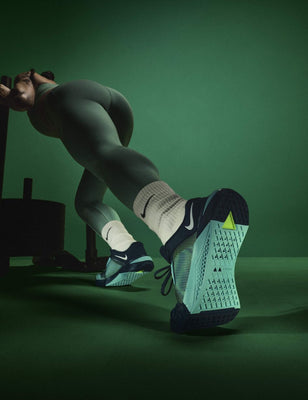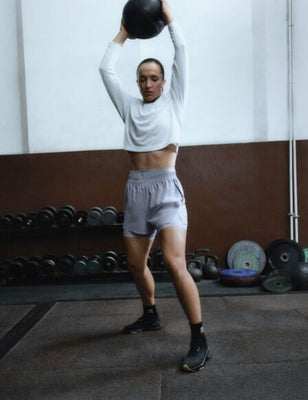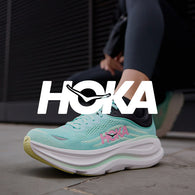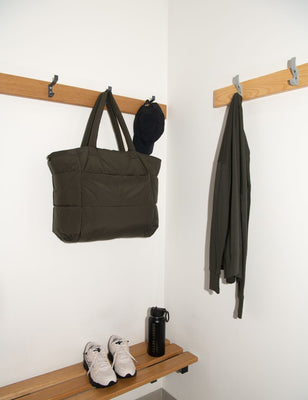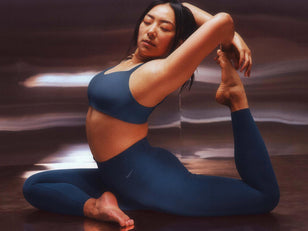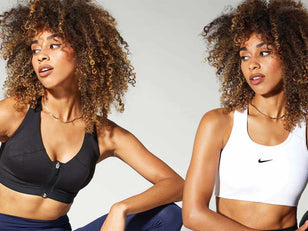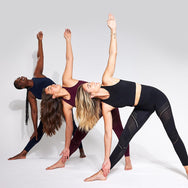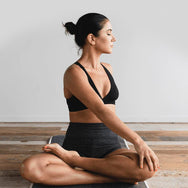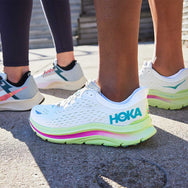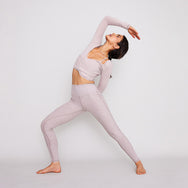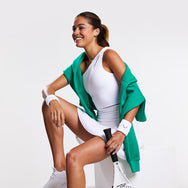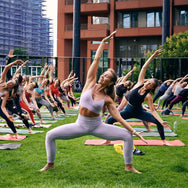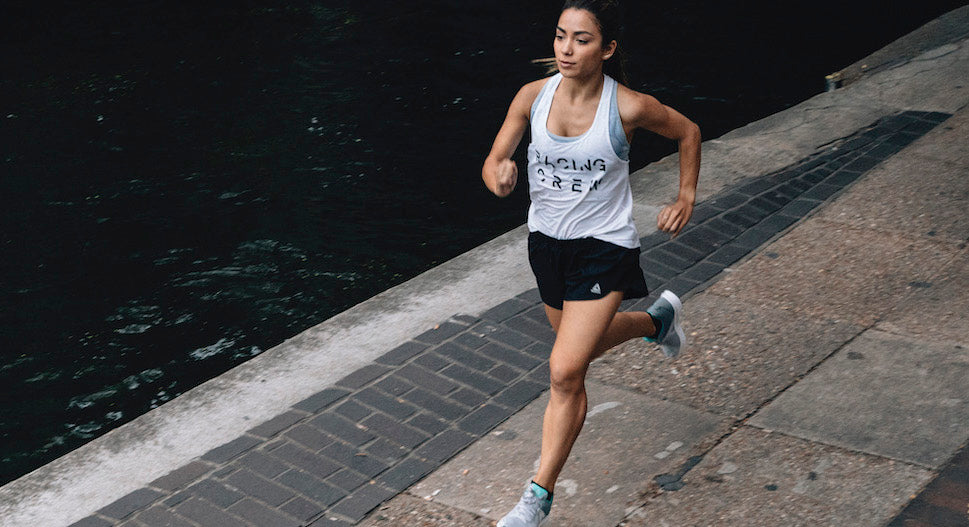
In principle, running is a simple sport: all you need is a pair of shoes and an idea. And yet, it represents something different for everyone. For some it means racing around a track, or finishing marathons. Others go for meandering on trails, or a recreational run around town. But for many people today, running represents the opportunity to get outside and stay active.
At the time of writing, it is within UK government COVID-19 lockdown guidelines to leave your home for one hour of daily exercise. With Spring in bloom and a new-found motivation to carpe diem, there are many new runners clocking their first couch-to-5k.
Running has a very low barrier to entry. But it can be a tricky activity to get the hang of, and this can so easily lead to wavering confidence and ultimately dropping out of the activity. So before you lace up, here are some tips to help you stay motivated, strong, and injury-free if you’re just starting out running.
Benefits of Running
Aerobic exercise is often hailed by doctors as being good for the heart, as it helps to efficiently pump blood through the body, and also aids in lowering blood pressure. It can help regulate weight, and according to some studies, even benefit the immune system. Running also develops cardio endurance and resilience. And while there are several physical benefits to running, it can also have a profound effect on ones mental health.
Exercise is an agent of endorphins and serotonin, or happy chemicals, which we could probably use more of these days. Although you may not get that elusive “runners high” right away, you can feel good about getting active and trying something new. Interestingly, running can have similar effects to the brain as meditating. Neurological studies have shown that running improves mental faculties that block out distraction and improve our ability to process information. In many ways, running is a kind of mindful movement meditation.

Start off Slow
Don’t set any expectations for your first run. So often new runners will set off on a run too fast, and will be completely burnt out after five minutes, not to mention deflated because things hadn’t gone to plan. Overexertion is not only frustrating, but it leads to injury. Instead, aim for distance or elapsed time, not pace. Use familiar landmarks in your locale to help map your distance, and don’t be afraid to stop and walk now and then.
As you continue to run more regularly, you’ll develop endurance to carry you through your runs. Your perceived effort (how hard it feels like you’re working) will lower, and eventually you’ll have the stamina to whizz passed your early milestones.
Have Good Running Form
Running can be a technically challenging sport. The upright technique may feel unnatural, but it’s important to practice this coordination in order to perform efficiently and stay injury-free. There’s no need to make your run harder by wasting energy through poor form. As the children’s rhyme goes, running technique can be checked by adjusting your head, shoulders, knees, and toes. Here’s a running form checklist:
- Head: keep your head up, eyes on the horizon. Make sure your head isn’t in front of your body; your neck should be in line with your shoulders
- Shoulders: pull your shoulders back as if you’re holding a pencil between your shoulder blades
- Chest: prop your chest forward, imagining a helium balloon is pulling you up by your sternum. This helps open up your airways when the going gets tough.
- Arms: as you propel yourself forward, keep your elbows at your sides at a 90-degree angle. If your arms cross the body, that means you’re wasting energy moving side to side. Imagine you are trying to elbow someone behind you for not social distancing!
- Core: engage your core to protect your back. This helps prevent a slouching, and brings more power to each movement.
- Knees: knees should be in line with the center of your foot as it hits the ground. If you’re getting tired during your run, concentrate on driving your knees up (the feet will follow in line).
- Feet: run on the balls of your feet. Using a forefoot or heel strike will set you up for injury down the line.
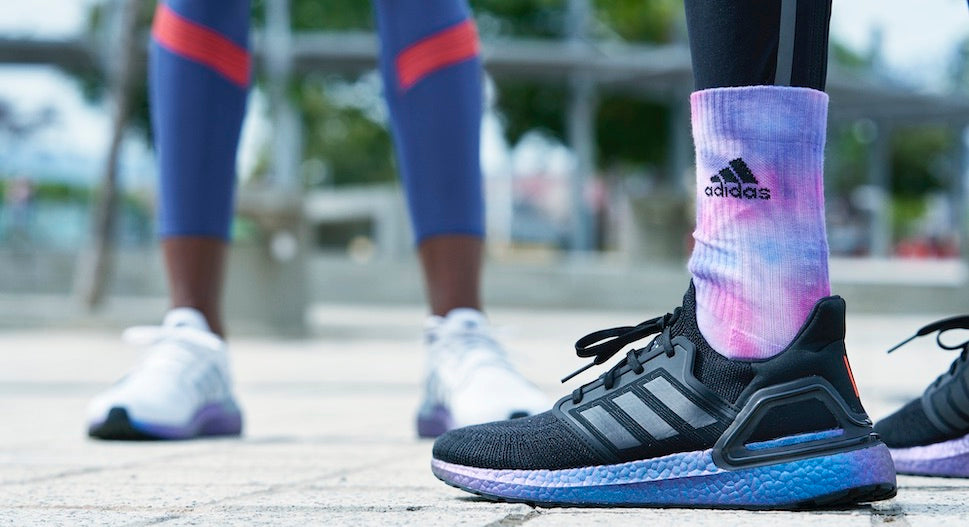
Invest in Kit
As a new runner, it’s important to have kit that will perform with you in your new sport. Now that’s not to say you need to splurge on the latest world record breaking shoe. But having quality running trainers to protect you from injury, a high impact sports bra, and sweat-wicking gear will go a long way.
Conclusion
With all that’s going on in the world, there’s never been a better time to look out for your physical and mental health. Running is a great way to stay active and explore your area. If you’re finding it a little challenging to start, why not grab someone in your household and try these running tips for beginners together. Don't forget to stretch and cool down after!






